
There needs to be a complete system of appropriate standards and regulations to implement electrified railway and high-speed railway projects.
Regarding electrified railway projects and high-speed railway projects, the Railway Project Management Board ( Ministry of Construction ) has submitted a report to the Department of Science, Technology, Environment and Construction Materials for consultation so that the Ministry can provide direction and report to the Government to develop a suitable system of standards.
Regarding the translation and collection of documents of standards, for the electrified railway project, based on the reception of the Vietnam Railway Authority, the Railway Project Management Board has received 88 sets of standards and completed the translation work since May 30. Regarding the standards of high-speed railways, the Board has also coordinated with the University of Transport and the University of Transport Technology to organize the translation and completion before June 30.
"For electrified railway projects, about 300 sets of standards are needed, but now there are only 88 sets. In the coming time, with many solutions, we will ensure a complete system of appropriate standards and regulations to implement electrified railway and high-speed railway projects," said a representative of the Railway Project Management Board.
Lack of standards for electrified railways, high-speed railways
The Department of Science , Technology, Environment and Construction Materials (Ministry of Construction) said that the construction industry currently has about 1,476 standards divided into groups: Urban and rural construction and technical infrastructure planning; construction survey and design; construction execution and safety; construction materials and components; construction mechanics and machinery; railways; inland waterways; maritime; roads; aviation...
Regarding standards, there are 128 standards covering all the contents of State management of the Ministry of Construction, including: Construction planning; natural condition data; construction classification for construction design; apartment buildings; construction material products and goods; fire safety for houses and buildings; subway works; safety in construction...
However, the current system of standards and technical regulations still has some shortcomings in the orientation of system planning, system management model, implementation organization process, international integration capacity and investment attraction. In particular, there is a lack of a system of standards in the fields of urban railways, electrified railways, high-speed railways, etc.
As the unit in charge of developing standards and regulations in the railway industry, the Vietnam Railway Authority has reviewed and developed and converted nearly 11 regulations and standards and 126 national standards, and issued 36 basic standards. Currently, the Railway Authority is also proposing to develop 8 sets of Vietnamese standards for railway electrification.
For national railways, the current system of standards basically meets the requirements of investment management, operation and maintenance. However, for the standards system, some standards that have been issued for a long time are no longer suitable, or there is a lack of specialized standards.
High-speed railways have already established some standards in the infrastructure sector, but there are still problems in the implementation method, and there is no overall plan for this task.
In the urban railway sector, there are currently 3 urban railway lines in operation, all of which apply foreign standards and each project applies a different standard, there is no overall standard for the system.
For more information, a representative of the Vietnam Railway Authority also said that for national railways, current standards are still outdated, there is no common reference standard system, and there are no laboratories, so building standards to assess accuracy or safety is not feasible.
For high-speed railways and urban railways, due to the involvement of many industries such as mechanics, electronics, telecommunications, information technology and assurance from design and construction to acceptance and operation, about 500 main standards are needed. However, the Railway Department also recognizes that with such a large volume, implementation in a short time will face many difficulties.
To ensure the system of standards and regulations, the Department of Science, Technology, Environment and Construction Materials has reviewed the entire system of standards and regulations and classified them into 8 categories for types of works including: Civil construction works; industrial construction works; expressway works; seaport and waterway works; airport works; urban railway works; electrified railway works with speeds under 200 km/h; North-South high-speed railway works with speeds over 200 km/h.
Faced with some difficulties in the system of standards and regulations, Mr. Le Trung Thanh, Director of the Department of Science, Technology, Environment and Construction Materials, said that it is necessary to review the draft Law on Standards and Regulations to shorten the time for planning, developing and promulgating standards; recommending that the Government assign competent specialized ministries to decide to promulgate the entire system of standards and regulations under their management in accordance with the spirit of promoting decentralization and thorough delegation of power.
In addition, it is necessary to urgently revise and abolish economic and technical norms that are not suitable for practical use in the construction of complex technical standards, new technologies, etc.
Review and reduce the process and time for approving scientific funding for tasks of developing standards, regulations and multi-level acceptance councils.
Regularly review the list and update and systematize standards and regulations in specialized fields; organize the conversion of basic standards into Vietnamese standards in the 2026 and 2027 plans.
Review and update issued Vietnamese standards and continue to develop new ones; give special priority to standards serving the implementation of important national railway projects; select core standards to organize the development into Vietnamese standards, promulgated in 2026.
The Vietnam Railway Authority believes that it is necessary to change the way of doing things and have a master plan, including financial issues. For conventional railways, continue to review relevant standards, regulations, and norms for updating, especially the set of standards for assessing construction safety. As for electrified railways with speeds under 200 km/h, the Vietnam Railway Authority has collected all the standards and norms and assigned them to the Railway Project Management Board for development.
As part of its national commitment to net zero emissions, Vietnam will transition to clean energy-powered locomotives and rolling stock by 2050. Railway electrification represents forward-thinking, in line with global sustainable development goals, and will enable long-term growth into the next century.
Electrification can significantly reduce the carbon footprint of rail transport compared to current diesel trains. As countries around the world commit to reducing greenhouse gas emissions, electric rail is becoming the benchmark for sustainable transport.
Electric railways typically have higher efficiency, lower maintenance costs and reduced energy consumption over the long term. Such efficiency can improve service reliability and reduce operating costs, benefiting both freight and passenger services.
Phan Trang
Source: https://baochinhphu.vn/can-300-bo-tieu-chuan-truoc-khi-lam-tuyen-duong-sat-dien-khi-hoa-made-in-vietnam-dau-tien-102250706190553469.htm




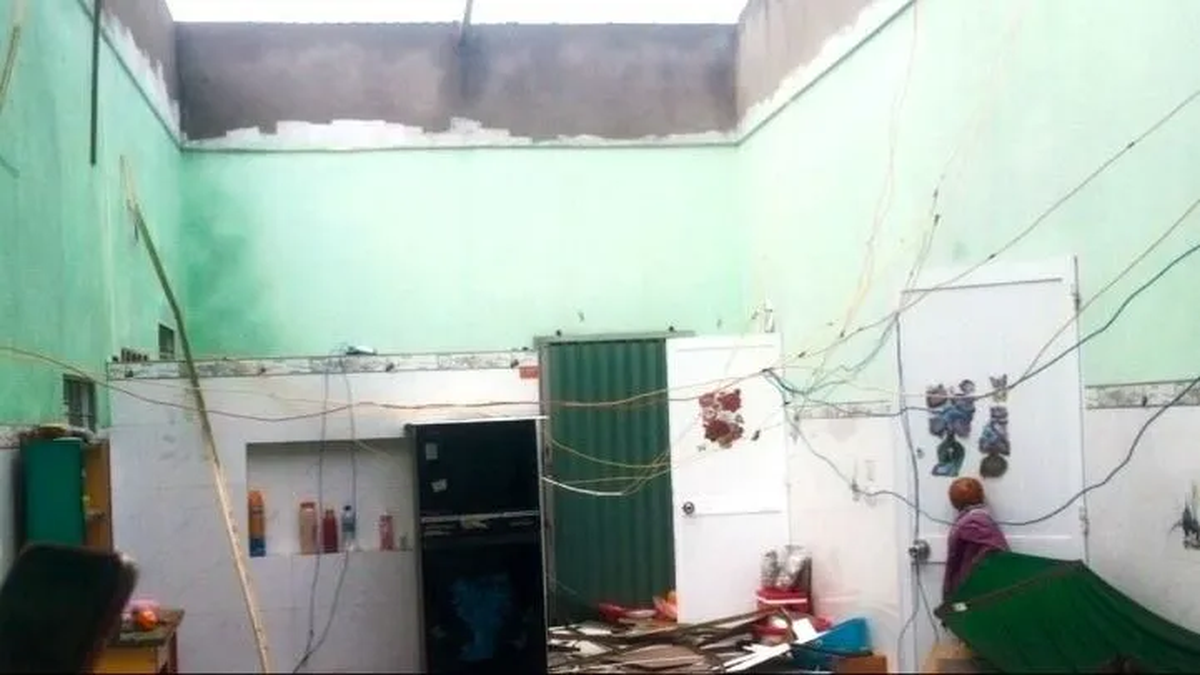

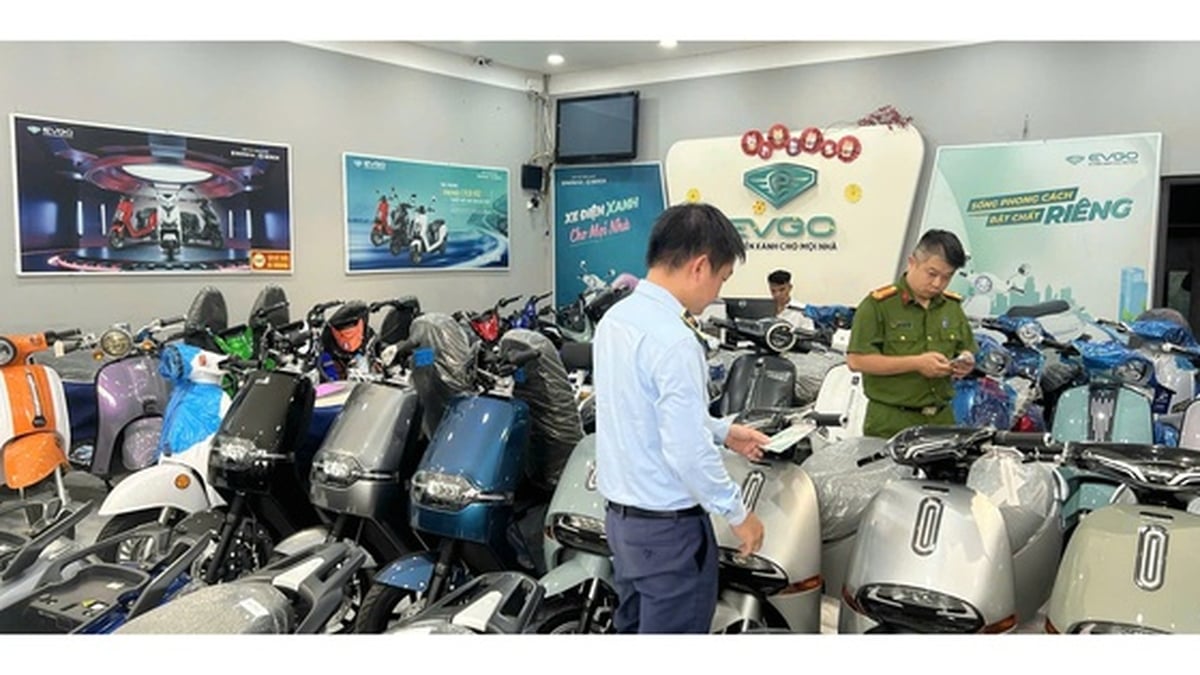

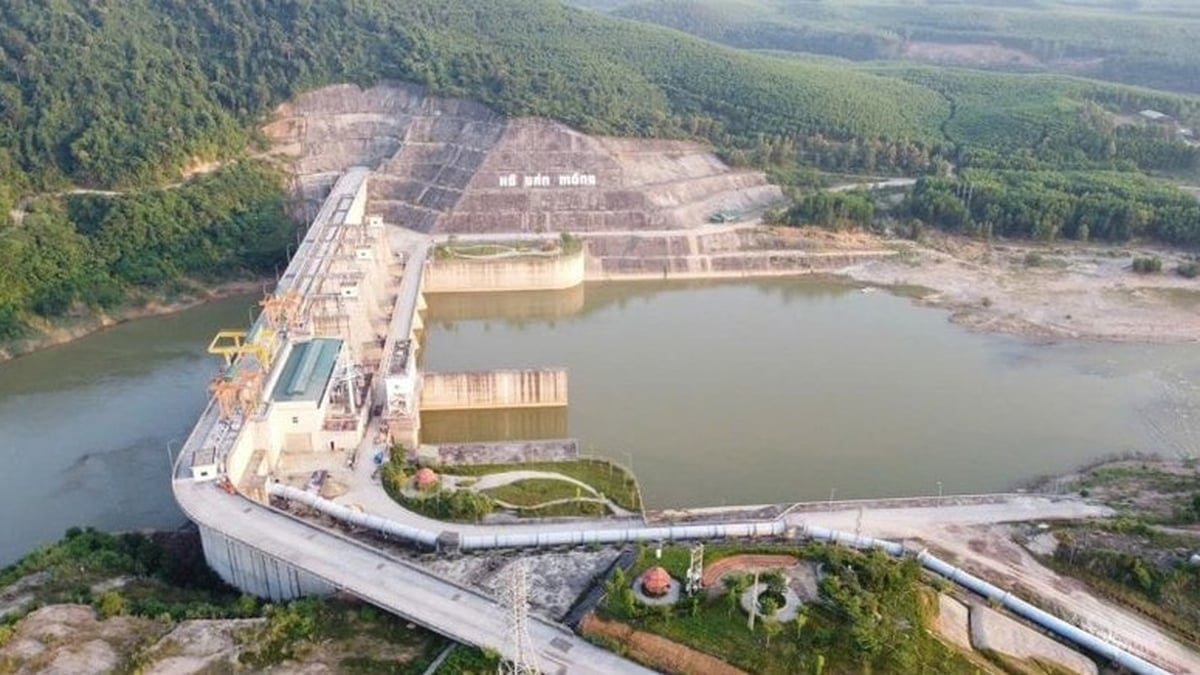















![[Photo] Gia Lai provincial leaders offer flowers at Uncle Ho's Monument with the ethnic groups of the Central Highlands](https://vphoto.vietnam.vn/thumb/1200x675/vietnam/resource/IMAGE/2025/7/9/196438801da24b3cb6158d0501984818)









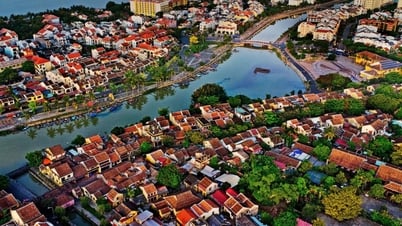



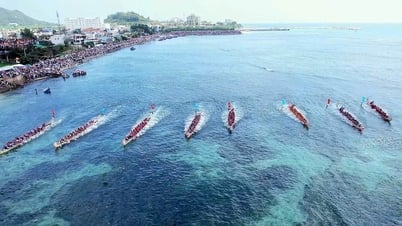

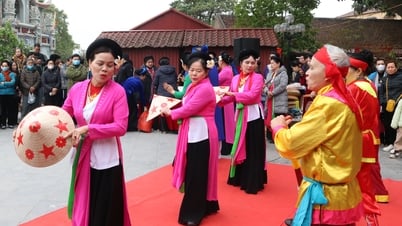














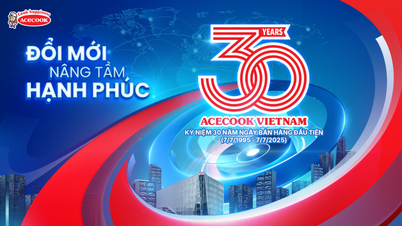




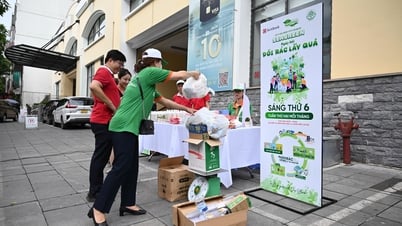

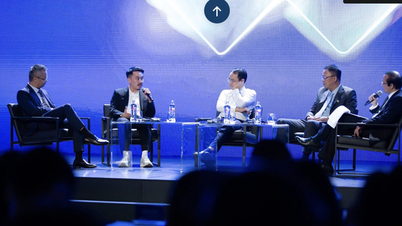


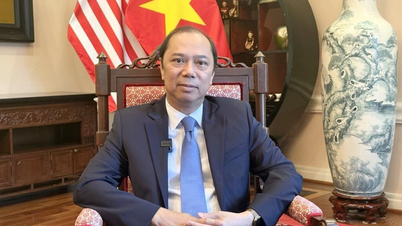






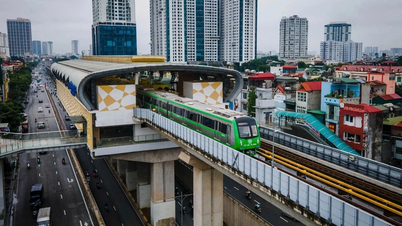

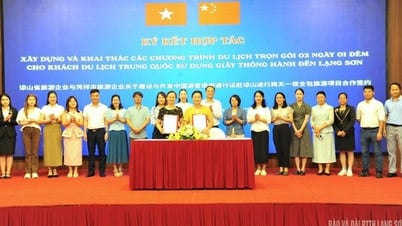





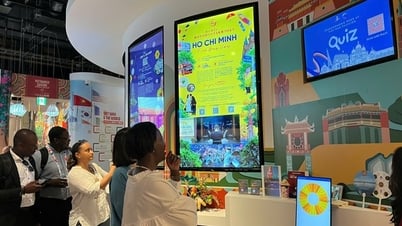








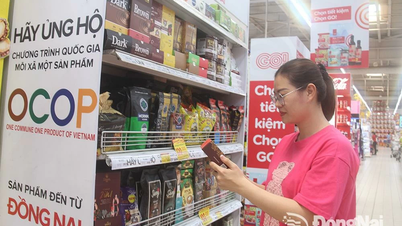

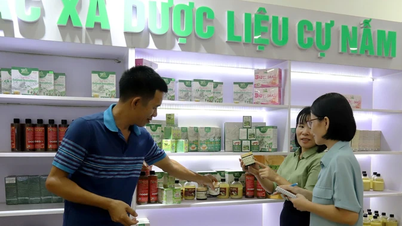
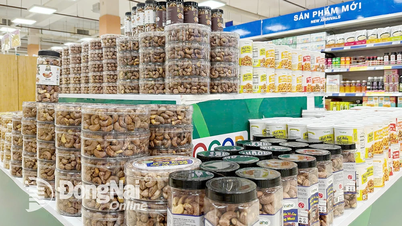






Comment (0)